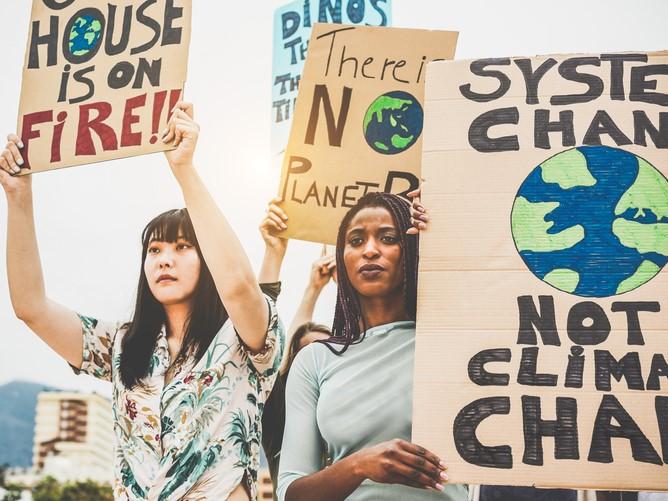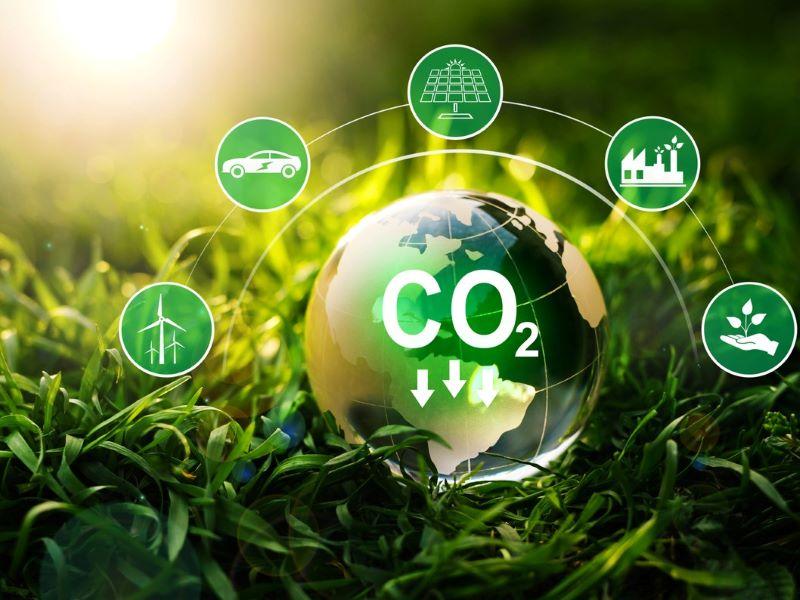During a recent online seminar seeking to help practitioners prepare for sustainability reporting, comments such as this appeared in the chat: “What has this got to do with accountants? It is political virtue signalling and a huge burden on business…this is a job creation scheme for accountants which, in my view, is completely unethical.”
There was also this: “…politicians can keep their busy-bodies out of private enterprise as far as I am concerned.”
It’s impossible to know if the contributors are climate change deniers or believe business has no role to play in sustainability. Perhaps they fear that their knowledge, skills and experiences are outdated. Regardless, such comments indicate the challenge facing politicians, regulators, professional bodies and educators tackling sustainability reporting and assurance. The greatest obstacles are not frameworks, regulations or disclosures. It’s hearts and minds that place accounting educators in a crucial position, at least for our future accountants and leaders.
Sustainability represents humanity’s biggest and most complex challenge since mass industrialisation. Every aspect of society worldwide is affected: environment, politics, economy, communities, jobs and lifestyles.
There’s an overwhelming body of accounting regulations and resources. Which regulations will apply to which entities or by when is also unclear. So the challenge for accounting educators is significant, important, urgent and unclear. Previous knowledge, skills and experience are insufficient. If you are not alarmed, you’ve not been paying attention.
Where to start with sustainability accounting
The first step is to accept that sustainability accounting is coming, whether you’re ready or not. Businesses are grappling with its challenges. It’s already part of the reporting landscape, and its importance will likely only increase. Very soon, every qualified accountant will need sustainability accounting competencies. If our students are to be “future-fit”, they’ll require a sustainability mindset. So will educators.
But where do you start? Our attention spans have limits, and there’s an overabundance of information. It’s no surprise if you feel unsure, hesitant and overwhelmed. But there’s no need to panic. You won’t become an expert overnight, and nobody expects you to.
The fundamentals of sustainability accounting are not complicated. It focuses on resource use, emphasising continued availability for current and future generations. This simple approach emphasises that resources are limited like an entity’s cash. Sustainability affects all businesses and not just energy-intensive or extractive industries.
Consider the way we teach accounting for inventories. Traditionally, we may have encouraged our students to think that accounting for inventory starts when materials are purchased. A sustainability mindset expands the focus and seeks to capture elements that financial accounting cannot. We can provoke questions about where inventories are sourced from and where they end up.
- Resource collection: How universities can work towards the SDGs
- Teaching business students how to prepare sustainability reports for SMEs
- In-person events are still necessary
For example, the fashion industry faces several sustainability and ethical challenges related to inventory:
- Many synthetic fabrics don’t biodegrade, aren’t easy to recycle, and release microplastics and greenhouse gases during manufacturing and decomposition
- Natural materials, such as cotton, use significant amounts of water and pesticides. Silk is woven by silkworms that are mostly boiled or gassed alive inside their cocoons
- Leather production processes also concern animal welfare and require harmful chemicals and energy use.
These are just a few of the issues relating to the materials. There are also ethical concerns related to animal welfare, working conditions, modern slavery, shipping and transport and the impacts of fast fashion.
Here are some examples related to the electronics industry:
- The manufacturing process demands rare earth elements, aluminium and lithium, and creates pollution and water contamination
- Short lifespans lead to increased electronic waste, affecting emissions and landfills, exacerbated by poor resource recycling and recovery rates
- Sending and storing data requires electricity to power cooling systems and servers.
Sustainability Accounting and Accountability by Matias Laine, Helen Tregidga and Jeffrey Unerman explains sustainability concepts brilliantly and establishes relevant connections within an accounting context.
Discussions such as those outlined above provide an opportunity to explore externalities, an important concept in sustainability accounting, and not a common consideration within conventional accounting. Externalities are impacts arising from the activities of an entity that are borne by others. We recommend Corporate Reporting and Accounting for Externalities by Jeffrey Unerman, Jan Bebbington and Brendan O’Dwyer for a clear and insightful discussion about them.
Emissions are a good example. We have compelling scientific evidence that, as a result of human activity, greenhouse gas emissions are a leading cause of a warming climate. The Intergovernmental Panel on Climate Change (IPCC) expects “widespread adverse impacts related to losses and damages to nature and people”.
Accounting for externalities is one way to highlight the connection between businesses and climate responsibilities. Increasingly, it’s an area that some businesses are embracing. Puma is a multinational sportswear manufacturer that publishes an environmental profit and loss account that measures and quantifies its environmental impact. It’s an excellent example to use with students as it presents useful information but acknowledges that the methodology is imperfect.
An activity to try with your students
The discussion about inventory above might be a useful primer for students to explore an entity’s considerations when acquiring a noncurrent asset, say, a piece of manufacturing equipment. You might ask them to consider the purchase with a traditional accounting lens. For example, the costs of acquisition, installation, expected useful economic life and residual value.
Then add a layer using a sustainability lens. We have found that students are keen to engage in this type of discussion, raising insightful and intelligent observations. Discussion points might include:
- Estimated emissions from producing the asset
- Projected emissions from using the asset
- Will the equipment produce sustainable products?
- Do operators require training (health, safety, product cycle) that will improve the asset’s sustainability (emissions and useful economic life)?
- Will maintenance of the asset use sustainable resources?
- Can the asset be rectified, modified or enhanced or upgraded to prolong its life?
- What happens to any waste produced by using the asset?
- What are the environmental aspects of disposal? Can the equipment be repurposed?
- What are the trade-offs between sustainability and economic factors?
The answers are harder to provide than the questions, but that’s true for the sustainability landscape more generally. The available datasets for sustainability reporting are hard to identify, immature and often outside an entity’s direct control. It’s fair to say that sustainability reporting is vague and still being created. We can expect radical changes over the next few years. It might be hard to keep up, but developing a sustainability mindset for yourself and your students seems like a good place to start.
Sulaiman Aliyu and Toby York are senior lecturers at Middlesex University Business School.
If you would like advice and insight from academics and university staff delivered direct to your inbox each week, sign up for the Campus newsletter.




comment1
(No subject)